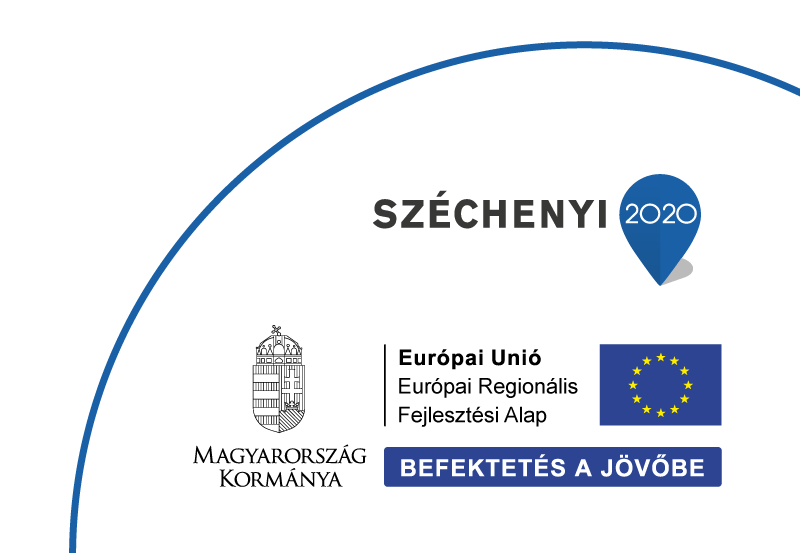
We are participants of the H2020 RADIATE project.
For further info, please follow this link.
Atomki has installed the new Tandetron accelerator in May 2014 made by High Voltage Engineering Europa BV. In January 2015 a Duoplasmatron ionsource with the injector magnet, then a simple temporary switching magnet was installed. The Tandetron accelerator needs negative ion input and then produces high energy positive ion beam (in this case protons). The preliminary arrangement immediately allowed to start developing an external beam setup and a target chamber for nuclear astrophysics. The first scientific result made in this target chamber was presented at the European Nuclear Physics Conference EuNPC2015 in Groningen, the Netherlands and it was awarded the 'Best poster prize'.
The GINOP-2.3.3-15-2016-00005 project titled "Establishing a world class research environment at the new Tandetron Laboratory of MTA Atomki" allowed to extend the laboratory as described below.
We have upgraded the first setup with a Multicusp ionsource and a 90-degree analyzing magnet. The Multicusp ionsource cabinet contains a +/- 30 degree magnet that allows to select the Hydrogen or the Helium source. The Duoplasmatron ionsource has been replaced by a Cesium sputter ionsource, that is capable to produce negative ion beams from most heavy elements. On the high energy side of the Tandetron the 90-degree analyzing magnet has been installed. We have moved the switching magnet to the exit of the analyzing magnet. The nanoprobe has been moved to the right 10-degree line of the switching magnet. The microprobe is installed on the 0-degree line. The Tandetron allows much better quality ion beam than the old Van de Graaff (stability, beam size, etc). The new Analytical Endstation has been installed on the right 20-degree beamline. Several other beamlines will be available for present and future users both internal and external. The vacuum system has been purchased and being installed.
Status in November 2018: the ion sources and the high energy extension is installed. The installation of the analytical endstation is in progress. The final location of the nanoprobe is prepared.
Status in June 2020: installation of the new beamlines has started, in a few cases already experiments have been performed, results of which are published.
 Magyar
Magyar


